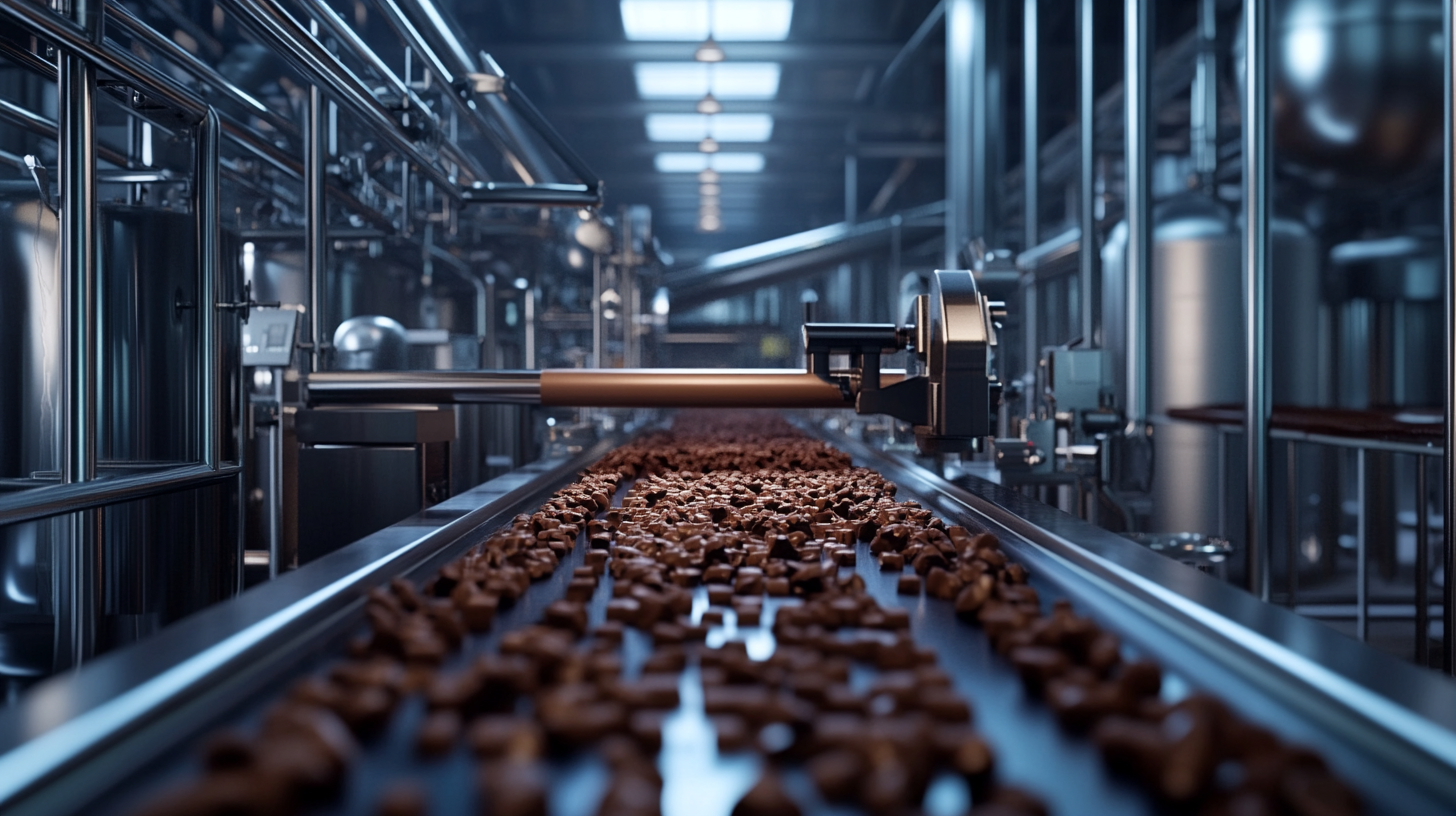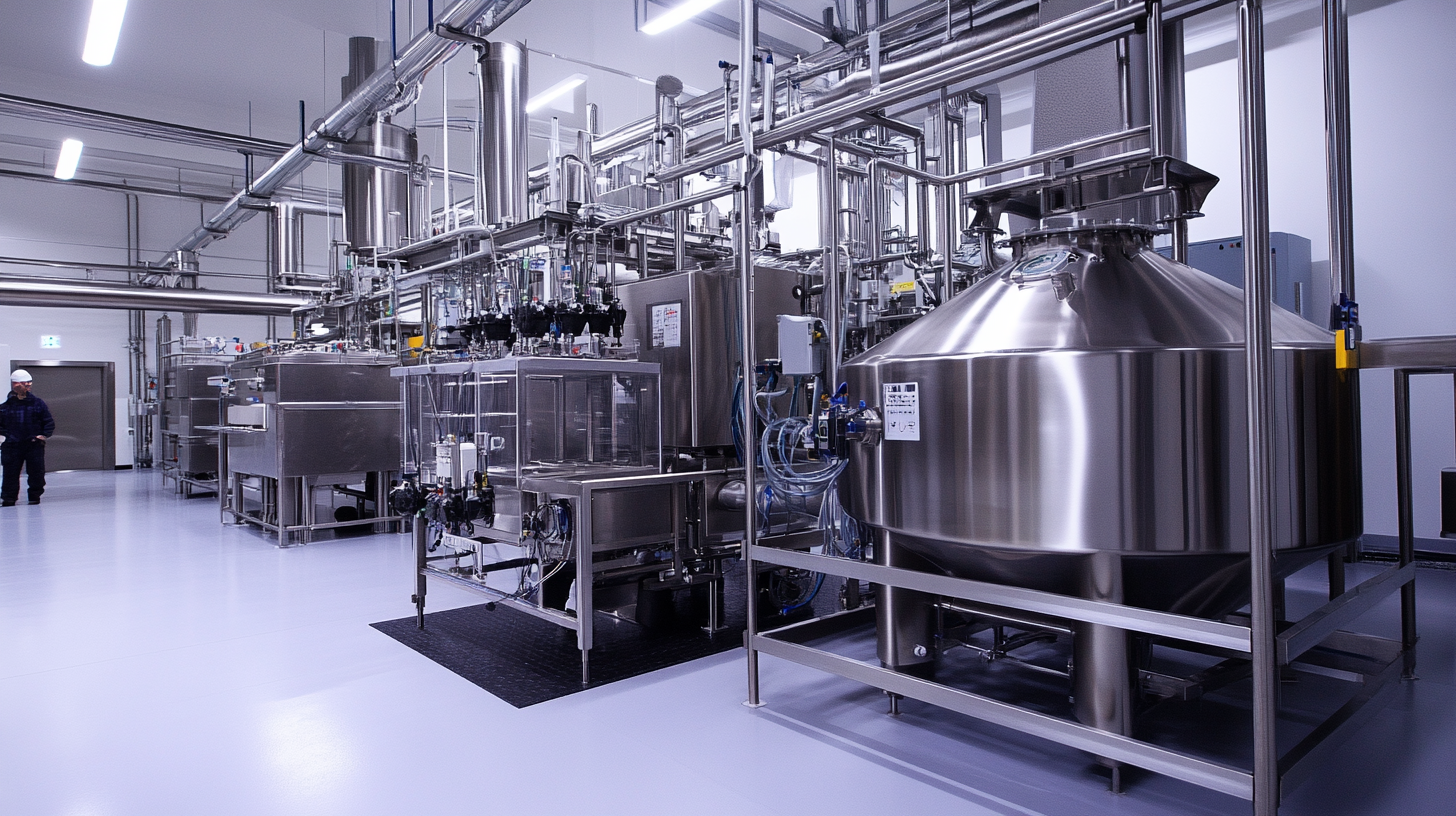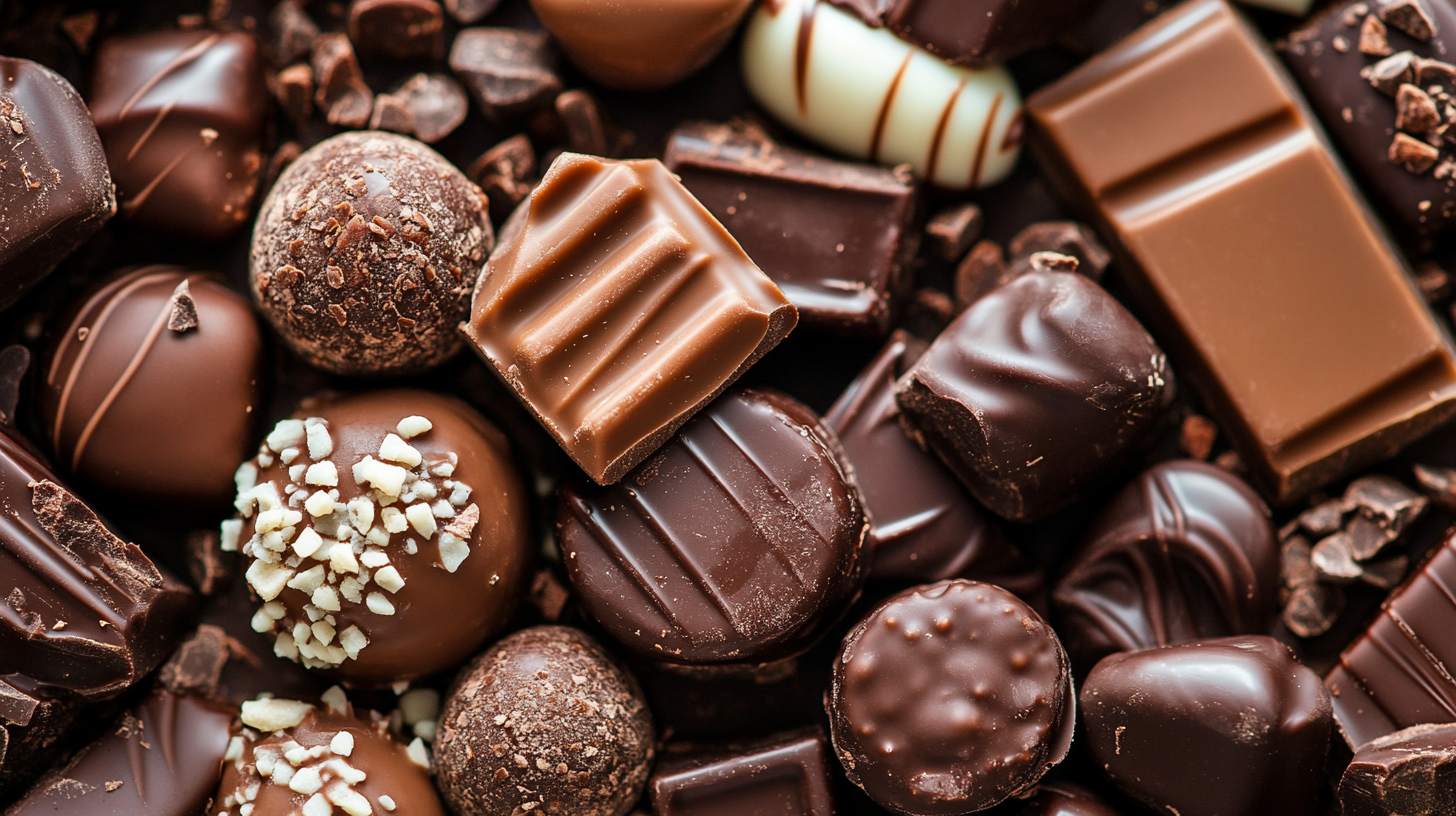In recent years, the chocolate industry has witnessed a significant transformation, driven by innovative advancements in technology. Among these developments, the Chocolate Mixing Machine has emerged as a pivotal component that enhances production efficiency and quality. As global demand for chocolate continues to soar, manufacturers are seeking ways to optimize their processes, ensuring that they can meet consumer preferences for both taste and texture. This evolving landscape of chocolate production presents a myriad of challenges and opportunities, compelling businesses to rethink their strategies.
The integration of state-of-the-art chocolate mixing machinery is not just a matter of improving output but also redefines the overall chocolate-making process. These machines offer precise control over ingredient blending, leading to a superior end product that captivates the market. With advancements in automation and smart technology, the Chocolate Mixing Machine is setting new standards for consistency and quality in chocolate production. This blog will explore the latest innovations in chocolate mixing machinery, their implications for global markets, and how they are reshaping the future of chocolate production.

In the rapidly evolving realm of chocolate production, technological advancements in mixing machinery are emerging as pivotal game changers. Traditional chocolate mixing processes often faced limitations in terms of efficiency and consistency, leading manufacturers to seek innovative solutions. Recent market research indicates that the global chocolate market is projected to reach approximately $182 billion by 2024, prompting an urgent need for modernized production techniques to satisfy growing consumer demand while optimizing resource use. Emerging technologies in chocolate mixing are not only enhancing production efficiency but also improving product quality. Advanced machinery now incorporates AI and IoT capabilities, enabling real-time monitoring and control of the mixing process. According to industry reports, these innovations can reduce mixing times by up to 25%, significantly decreasing energy consumption and operational costs. For example, a leading manufacturer recently reported a 30% increase in productivity after integrating smart mixing solutions, highlighting the financial and quality benefits that such technologies can deliver. As the chocolate industry continues to embrace these advancements, it opens up new avenues for creativity and product development. Enhanced mixing precision allows chocolatiers to experiment with different ingredients and flavors, resulting in unique products that cater to diverse consumer preferences. The fusion of technology and craftsmanship in chocolate production not only addresses the efficiency issues of the past but also empowers creators to push the boundaries of what chocolate can be. With these innovations at the forefront, the future of chocolate looks both delicious and promising.

In the quest for sustainable chocolate production, the advancement of chocolate mixing machinery plays a pivotal role in not just improving efficiency, but also reducing waste and energy consumption. The traditional methods of chocolate mixing often result in substantial material waste, which can be detrimental to both the environment and the bottom line. Modern innovations in machinery now focus on precision mixing techniques, ensuring that every ounce of cocoa and sugar is utilized effectively, minimizing leftovers that typically end up discarded.
Energy consumption is another critical aspect where cutting-edge chocolate mixing equipment is making significant strides. New designs emphasize energy efficiency, incorporating advanced technologies such as variable speed drives and optimized mixing patterns that require less power while achieving superior mixing quality. These machines not only contribute to a lower carbon footprint but also help manufacturers save costs in the long run. Moreover, many manufacturers are increasingly adopting renewable energy sources to power their operations, further enhancing sustainability across the chocolate production process.
Emphasizing sustainable practices in chocolate machinery is not only beneficial for the environment but is also becoming a crucial selling point in today's global market. Consumers are increasingly aware of the sustainability of their food sources, and choosing chocolate from brands that prioritize eco-friendly production methods can influence purchasing decisions. By investing in innovative mixing machinery, chocolate producers can meet this growing demand while contributing to a healthier planet, turning sustainability into a competitive advantage.

The chocolate production industry is undergoing a significant transformation, particularly in the realm of mixing machinery. As global demand for high-quality chocolate continues to rise, manufacturers are increasingly turning to automation to enhance consistency and quality in their products. Modern chocolate mixing systems are designed to ensure that every batch meets exacting standards, which is essential in maintaining brand reputation and customer satisfaction.
Automation in chocolate mixing not only speeds up production but also minimizes the potential for human error. Advanced mixing machines are equipped with precise sensors and controls that monitor the mixing process in real-time. This level of oversight allows for fine-tuning of ingredients, such as cocoa solids, sugar, and emulsifiers, ensuring an even distribution that contributes to the overall flavor and texture of the final product. The result is a smooth, homogeneous chocolate that delights consumers around the world.
Moreover, the introduction of smart technology into mixing machinery allows manufacturers to analyze data trends and adjust processes accordingly. By leveraging machine learning algorithms, producers can predict optimal mixing times and ingredient ratios, leading to greater efficiency and waste reduction. This innovation not only improves the consistency of chocolate but also helps companies respond promptly to changing consumer preferences, ensuring that they remain competitive in an increasingly crowded marketplace. Through these advancements, automation is redefining the chocolate mixing process, setting new benchmarks for quality and consistency in the industry.

The global chocolate market is undergoing a significant transformation, driven by innovative chocolate mixing machinery that caters to the diverse tastes and preferences of consumers worldwide. As brands seek to differentiate themselves in a competitive landscape, customization trends have emerged as a leading strategy. With insights from recent market research, the global cocoa and chocolate market is projected to reach a valuation of USD 10.86 billion by 2033, expanding at a compound annual growth rate (CAGR) of 6.24%. This growth underscores the increasing demand for tailored chocolate products that resonate with shifting consumer preferences.
The ability to customize chocolate production processes allows manufacturers to experiment with flavors, textures, and ingredient combinations, aligning closely with global consumer demands. As the industry embraces advanced mixing technologies, producers can create unique formulations that cater to niche markets, including organic, vegan, and healthier chocolate options. This trend not only boosts product offerings but also enhances customer engagement, as consumers increasingly seek personalized experiences in their food choices.
Furthermore, the growth of the bubble tea market, which was valued at USD 2.63 billion in 2024 and is projected to reach USD 4.78 billion, illustrates a broader shift toward experiential and customizable beverages and treats. Chocolate manufacturers can draw inspiration from such trends to create innovative products that appeal to younger audiences, blending the familiarity of chocolate with the excitement of customization. The demand for unique and tailored chocolate experiences is set to rise, pushing the boundaries of traditional production methods and paving the way for a dynamic future in chocolate manufacturing.
The chocolate production landscape is on the verge of transformation, driven by innovative mixing machinery that aligns with manufacturers' evolving needs. As brands strive for excellence in flavor and texture, advancements in chocolate mixing technologies have become crucial. These innovations promise not just efficiency, but also the ability to craft unique chocolate profiles that cater to increasingly diverse consumer preferences.
Recent strategic acquisitions and investments within the industry are setting the stage for a new era of chocolate production. For instance, the establishment of state-of-the-art research and development centers signifies a commitment to exploring novel recipes and production methods. This focus on innovation will enable manufacturers to create products that resonate with consumers looking for both tradition and novelty, allowing brands to tap into niche markets and occasion-based selling strategies.
Moreover, integrating automation into chocolate mixing processes enhances consistency and quality. Predictive maintenance and advanced quality assessments help mitigate production challenges, ensuring that companies can deliver high-quality products efficiently. The merging of craftsmanship with cutting-edge technology indicates a bright future for chocolate makers, opening avenues for sustainable practices and enhanced product offerings that meet the demand for healthier and guilt-free indulgences. As the chocolate industry embraces these innovations, it positions itself to redefine consumer experiences and set new benchmarks in quality and creativity.
For more information, fill out our contact form